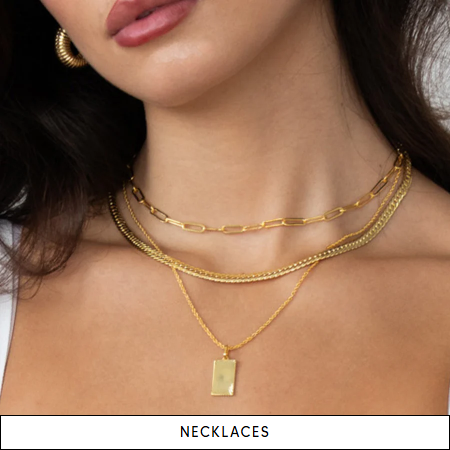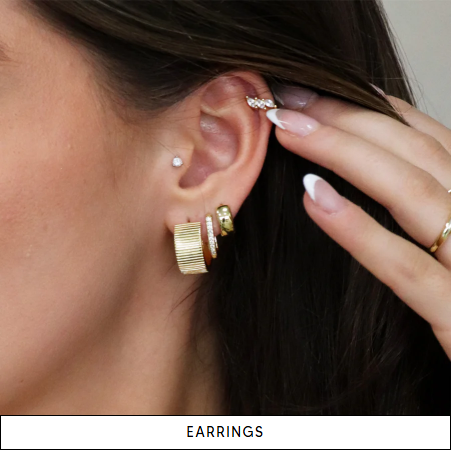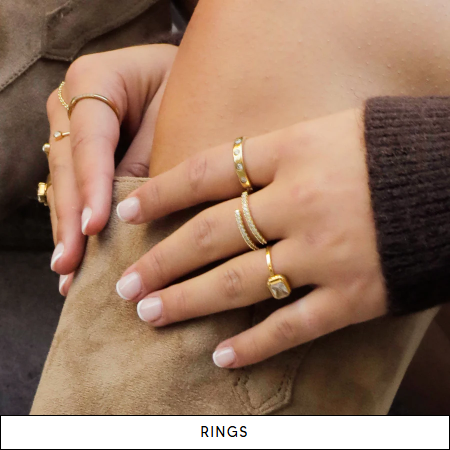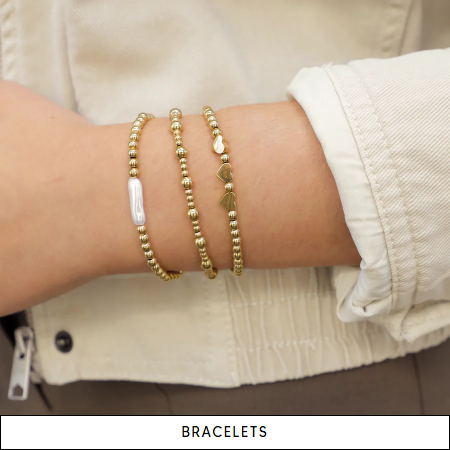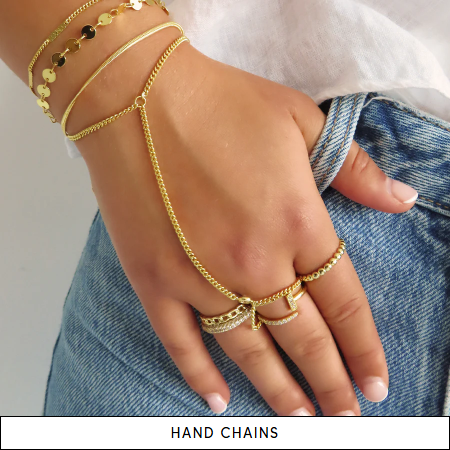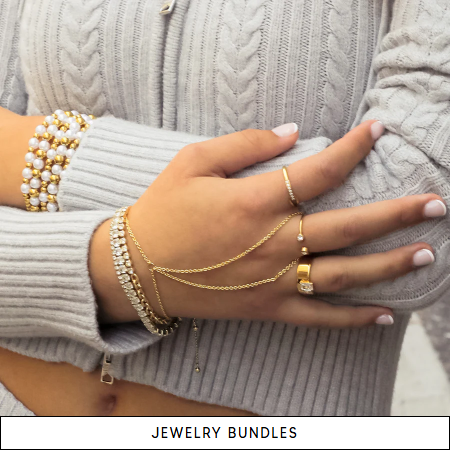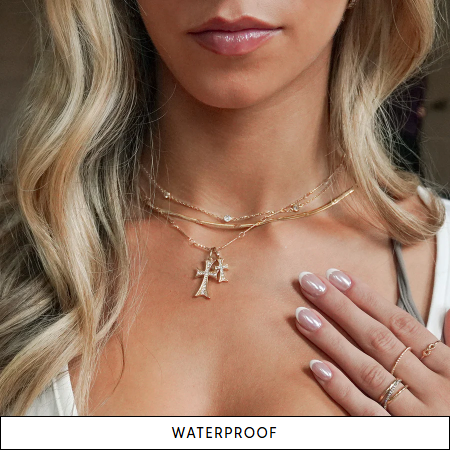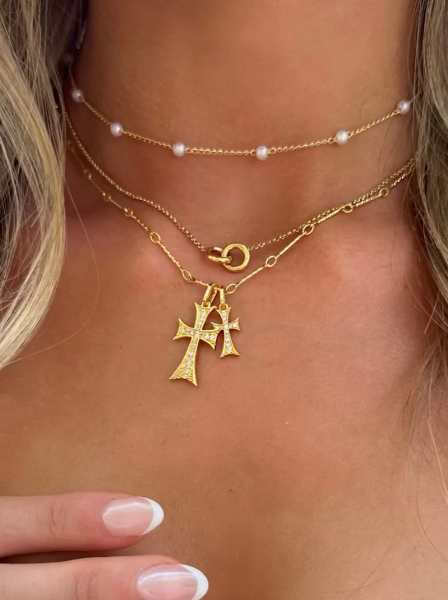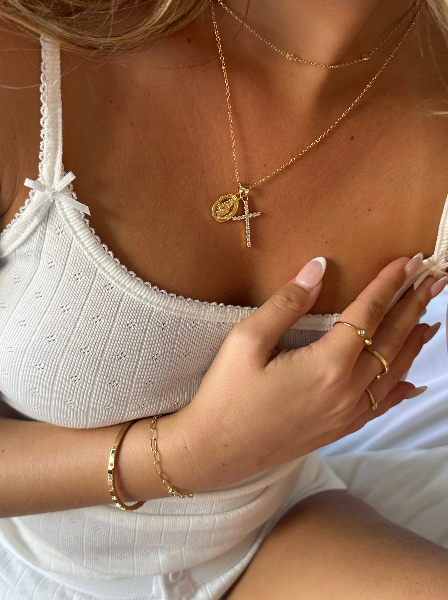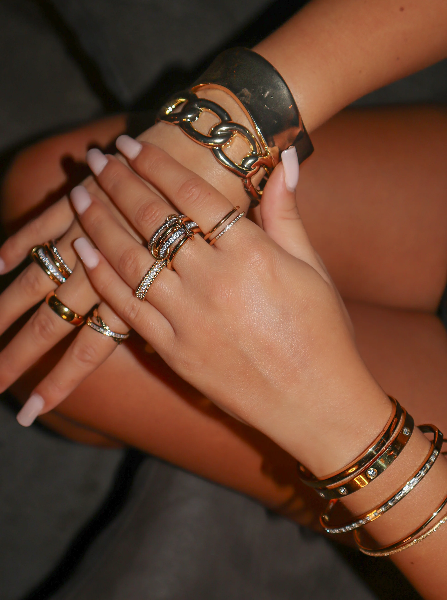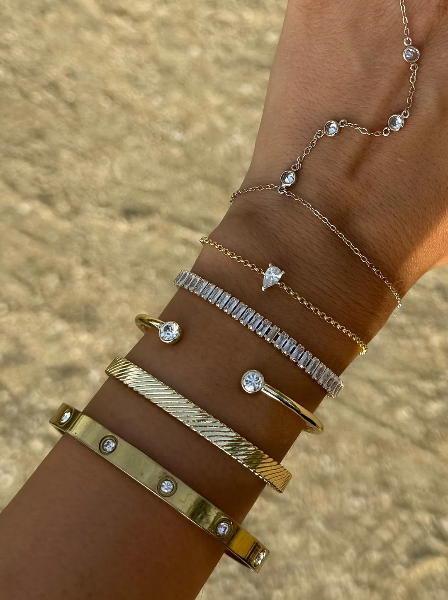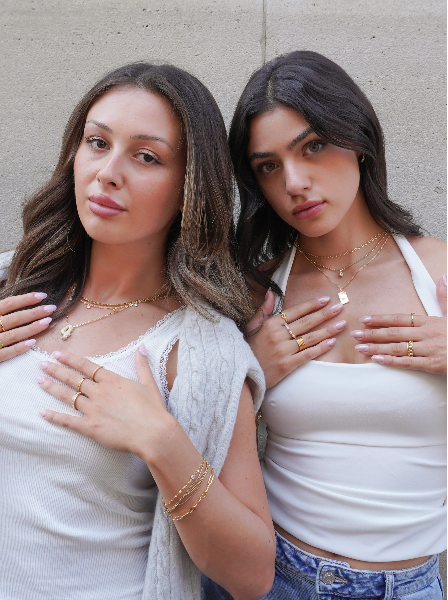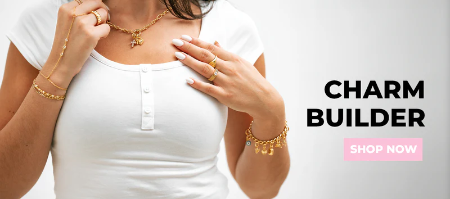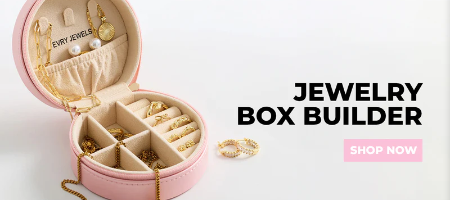Classic Recommendation
The Timeless Language of the Neck: Exploring the Enduring Significance of the Necklace
Of all the accessories that human beings have used to adorn themselves throughout history, the necklace possesses a unique and powerful significance. Resting at the very center of the body's expressive zone—the neck, the collarbone, and the upper chest—it is the piece of jewelry most closely linked to communication, identity, and the heart. It is the first ornament people see when they look at your face, drawing the eye and framing the narrative of your personal style. To wear a necklace is not merely to decorate; it is to make a statement, to carry a memory, or to invoke a power that stretches back to the dawn of civilization. The journey of this ubiquitous piece of jewelry is a profound cultural history, tracing human beliefs, technological progress, and the enduring quest for beauty and meaning.
The origins of the necklace are prehistoric, long predating the use of metals. The earliest known examples, discovered in caves, were crafted from found objects: carefully pierced shells, animal teeth, bird bones, and vibrant colored stones. These initial forms were not simply decorative; they were imbued with immense symbolic and spiritual meaning. A necklace of animal teeth might represent a successful hunt, transferring the strength and spirit of the animal to the wearer, serving as a protective amulet or a marker of status within the tribe. Similarly, shells gathered from distant shores indicated travel, resourcefulness, and connection to powerful natural forces. This original function—as a talisman, a status symbol, and a portable story—is a thread that runs unbroken through the millennia, connecting the simplest strand of beads worn by ancient humans to the most intricate diamond pendant worn today. The fundamental impulse remains the same: to wear a concentrated piece of value, memory, or power close to the heart.
As societies evolved and craftsmanship flourished, the materials and techniques used to create neck adornment became increasingly sophisticated. The ancient Egyptians, known for their elaborate and symbolic jewelry, perfected the broad collar (usekh), a stunning piece made of faience, glass beads, or polished semi-precious stones, covering the shoulders and chest. These were essential elements of both daily wear and burial rituals, intended to protect the wearer and facilitate passage into the afterlife. The Romans favored gold and intricate cameo pendants, using necklaces to display imperial affiliations or mythological scenes. Meanwhile, in Asia, jade and silk played central roles, with strands often symbolizing wisdom, purity, and fortune. The very choice of material became a rich language; a simple string of pearls suggested purity and sophistication, gold spoke of wealth and permanence, and specific gemstones were linked to astrological signs, protection against illness, or the promise of love. The necklace was, and remains, a condensed vocabulary of social and personal significance.
The evolution of necklace styles throughout the last few centuries reflects the changing fashions and social mores of different eras. The Renaissance saw heavy gold chains and large pendants symbolizing authority and piety. The opulence of the Victorian era gave rise to the choker, a close-fitting style often made of velvet or black ribbon, sometimes featuring a small centerpiece, contrasting sharply with the long, delicate lavalieres popular toward the end of the century. The roaring 1920s were defined by the sautoir—extra-long strands of pearls or beads that draped down to the waist, swinging with the Charleston and epitomizing the era's liberated spirit. The mid-20th century popularized the opera length and the chunky bib necklace, often incorporating bold, colorful stones or beads, reflecting a move towards bolder, more accessible costume jewelry. Each shift in length and mass was a response to the current neckline of fashionable garments, proving the intimate relationship between jewelry and clothing design.
Today, the necklace category is perhaps the most diverse in the entire realm of jewelry, with styles designed to suit every occasion and statement. The pendant necklace remains the most popular form, centering attention on a single focal point—a classic diamond solitaire, a meaningful locket, a geometric metal sculpture, or a birthstone. The pendant functions as a personal anchor, often holding sentimental value far exceeding its material worth. Conversely, the chain necklace celebrates minimalism, focusing on the quality, texture, and link structure of the metal itself. Styles like the thin snake chain, the interlocking rolo chain, the flat herringbone chain, and the intricate Byzantine chain each offer a unique drape and reflectivity, proving that the elegance of a necklace can reside entirely in its structure. Layering multiple chains of varying lengths and weights has become a dominant trend, allowing the wearer to create a deeply personalized, dynamic composition that changes with every movement.
Beyond style, the length of a necklace fundamentally alters its effect on the wearer's silhouette and facial features. A collar or choker (14-16 inches) frames the face and accentuates the jawline, creating a bold, close statement. The princess length (17-19 inches) is the most common and versatile, sitting just below the collarbone, perfect for pendants and complementing virtually any neckline. The matinee length (20-24 inches) rests at or just below the center of the bust, ideal for professional wear or for drawing the eye vertically. Finally, the opera length (28-36 inches) offers dramatic possibilities, often worn doubled or knotted, adding an elegant, elongated line that is synonymous with sophisticated evening wear. This careful choreography of length ensures that the chosen piece is not just an addition, but an integrated part of the overall visual composition, enhancing the wearer's natural lines and figure.
In the realm of materials, the modern necklace is a testament to global craftsmanship and ethical innovation. While gold, silver, and platinum remain the foundational metals for fine jewelry, there is a growing appreciation for sustainable and ethically sourced materials. Recycled metals, lab-grown gemstones, and responsibly mined materials are gaining traction, reflecting a consumer demand for jewelry that aligns with environmental and social values. At the same time, the resurgence of artisan jewelry has brought back materials like hand-polished wood, natural leather, semi-precious beads, and complex polymer clays, allowing designers to push the boundaries of texture, form, and color far beyond the traditional confines of precious metals and stones. This democratization of materials ensures that a meaningful, beautifully crafted necklace is accessible at every price point, valuing artistry and intention over sheer material cost.
Ultimately, the enduring power of the necklace is rooted in its role as a vessel for meaning and memory. It is often the piece of jewelry chosen to mark life's most significant milestones: the gift of a locket to celebrate a birth, a simple silver chain for a graduation, the diamond solitaire for an engagement, or an heirloom passed down through generations. A necklace is worn directly over the heart and the pulse, symbolically linking it to emotion and life force. When a piece is given, it is an intimate gesture; when it is worn, it is a constant, tangible connection to the giver, the occasion, or the personal conviction it represents. It is a piece that you feel, not just see, a subtle weight against the skin that serves as a continuous reminder of its story. This deep, personal resonance is why the necklace will always be more than mere ornamentation; it is a wearable archive of identity, a constant piece of wearable history, and a timeless expression of human connection and self-adornment.
Shop By Category
Picked Just For You

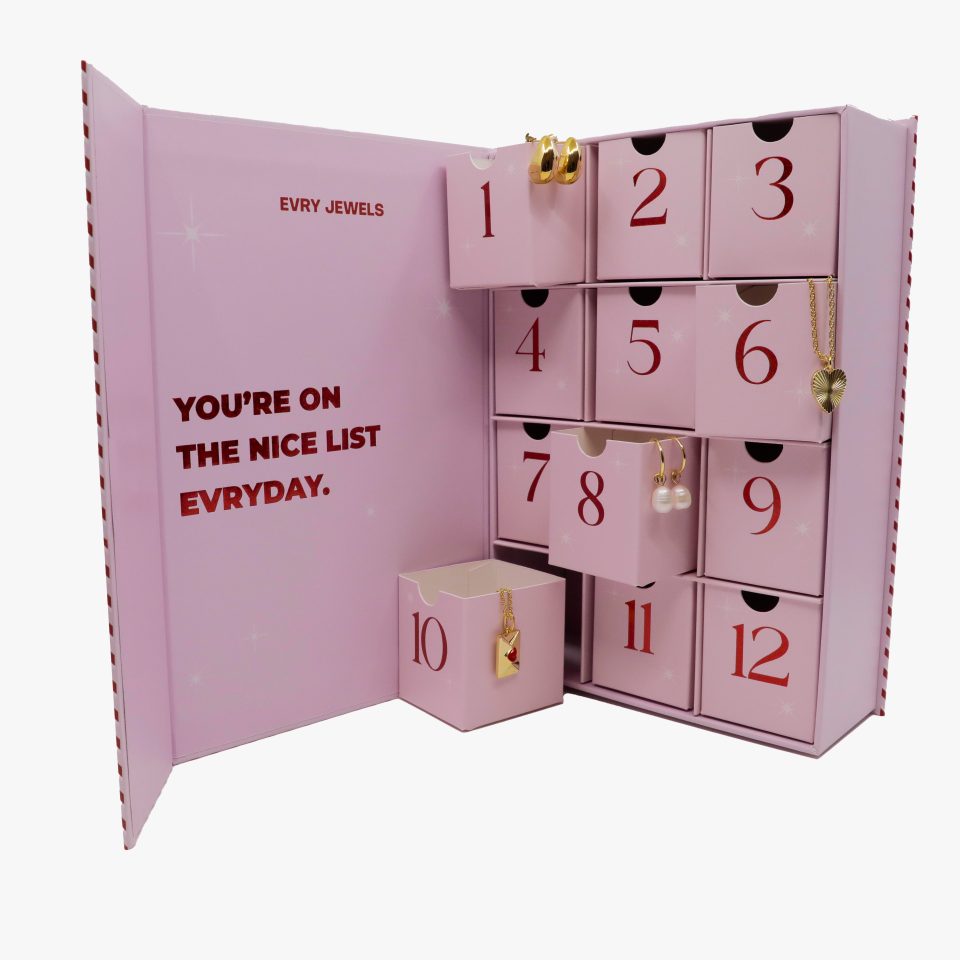
Sale
Select options
This product has multiple variants. The options may be chosen on the product page
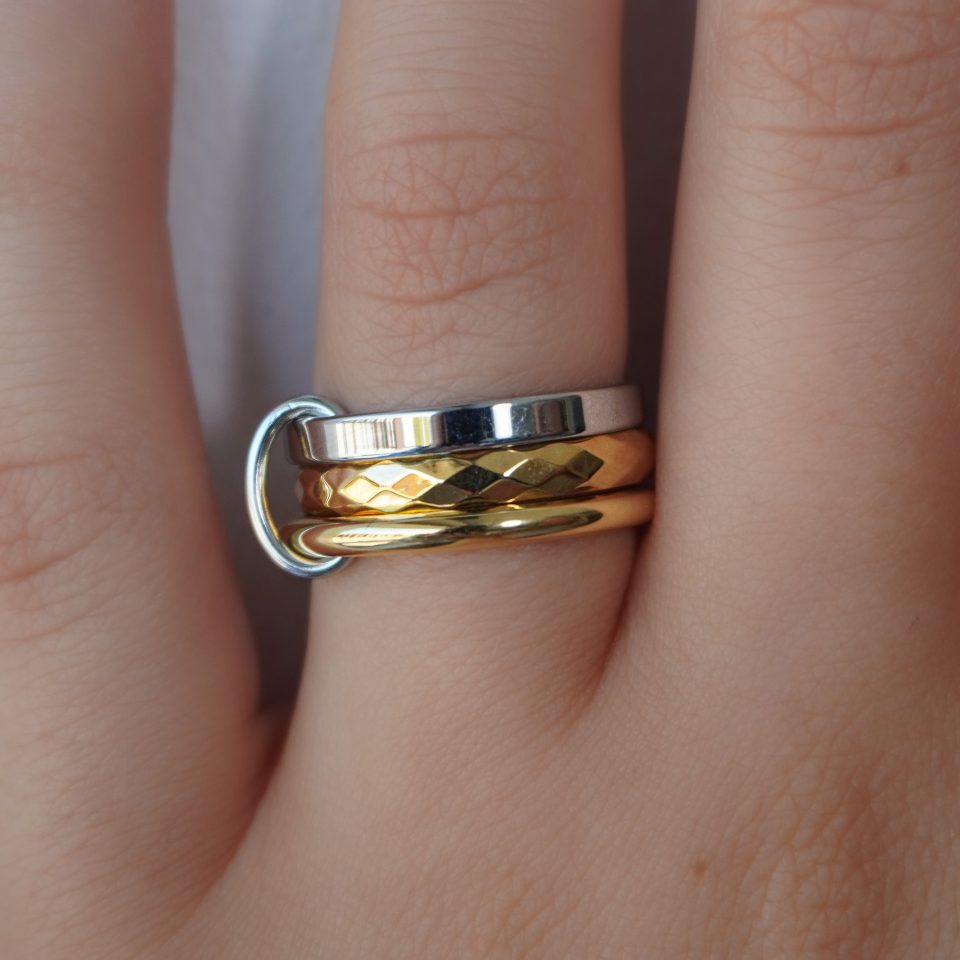
Sale
Select options
This product has multiple variants. The options may be chosen on the product page
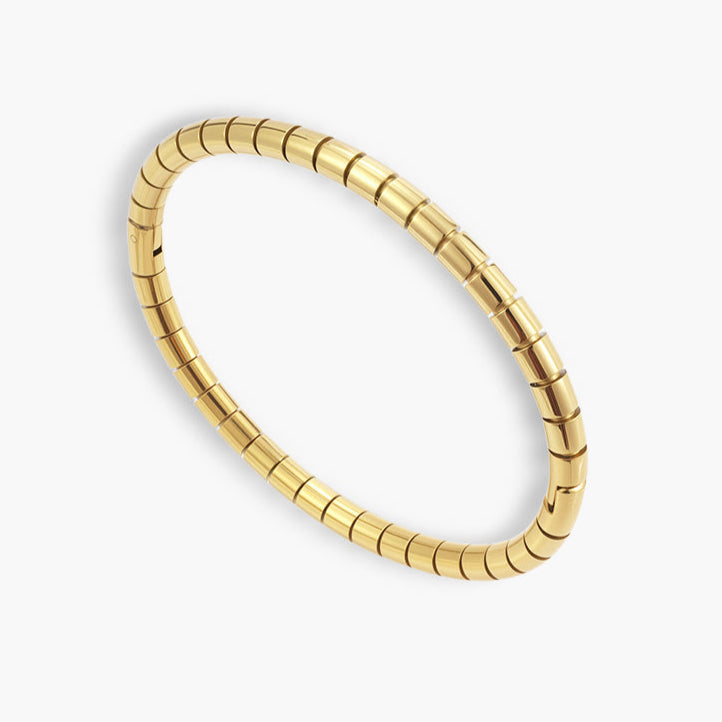
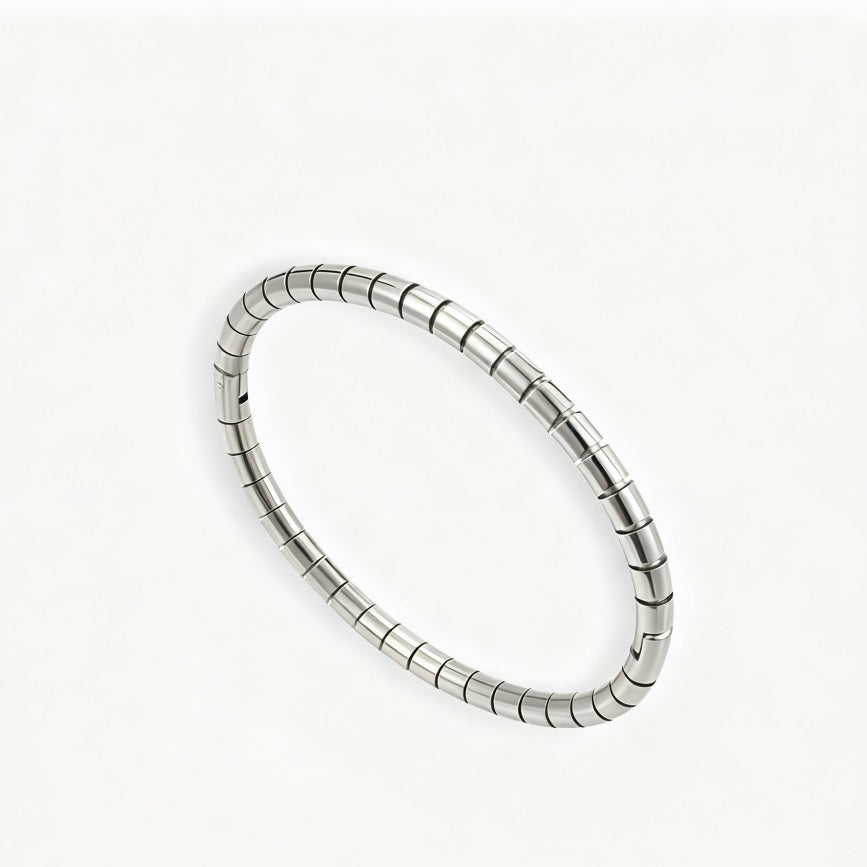
Sale
Select options
This product has multiple variants. The options may be chosen on the product page
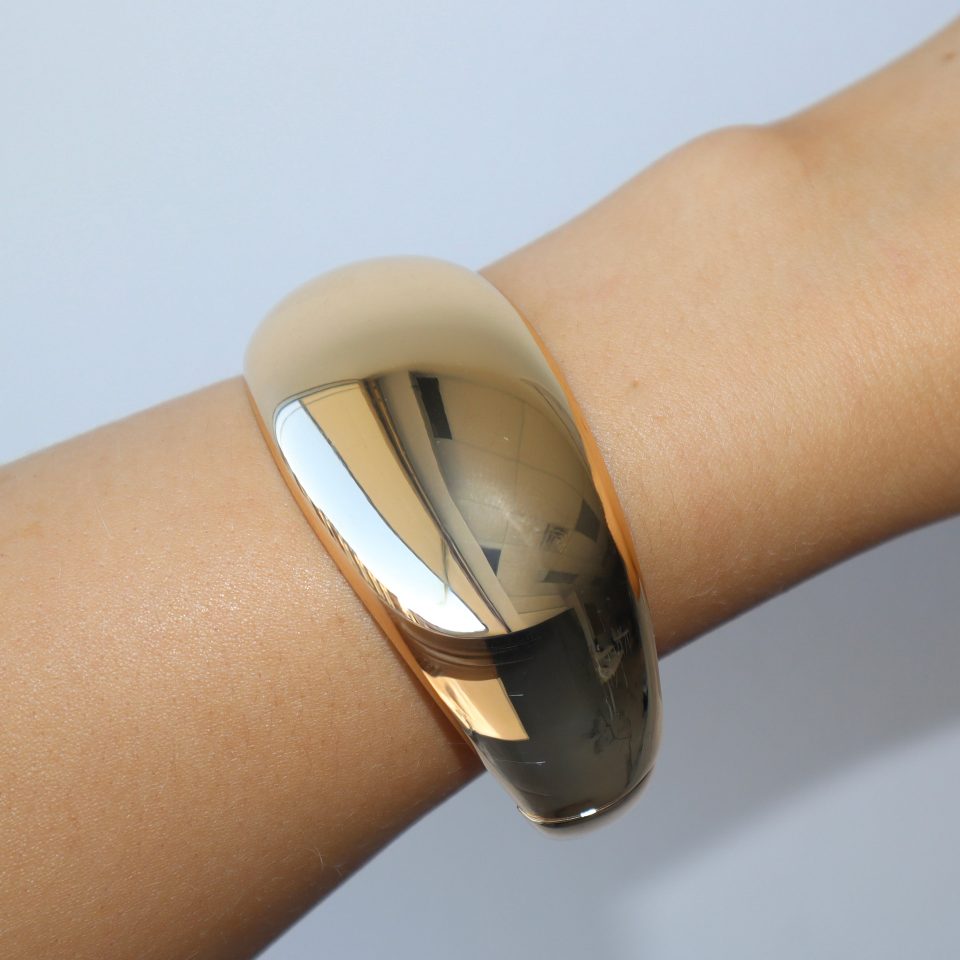
Sale
Select options
This product has multiple variants. The options may be chosen on the product page
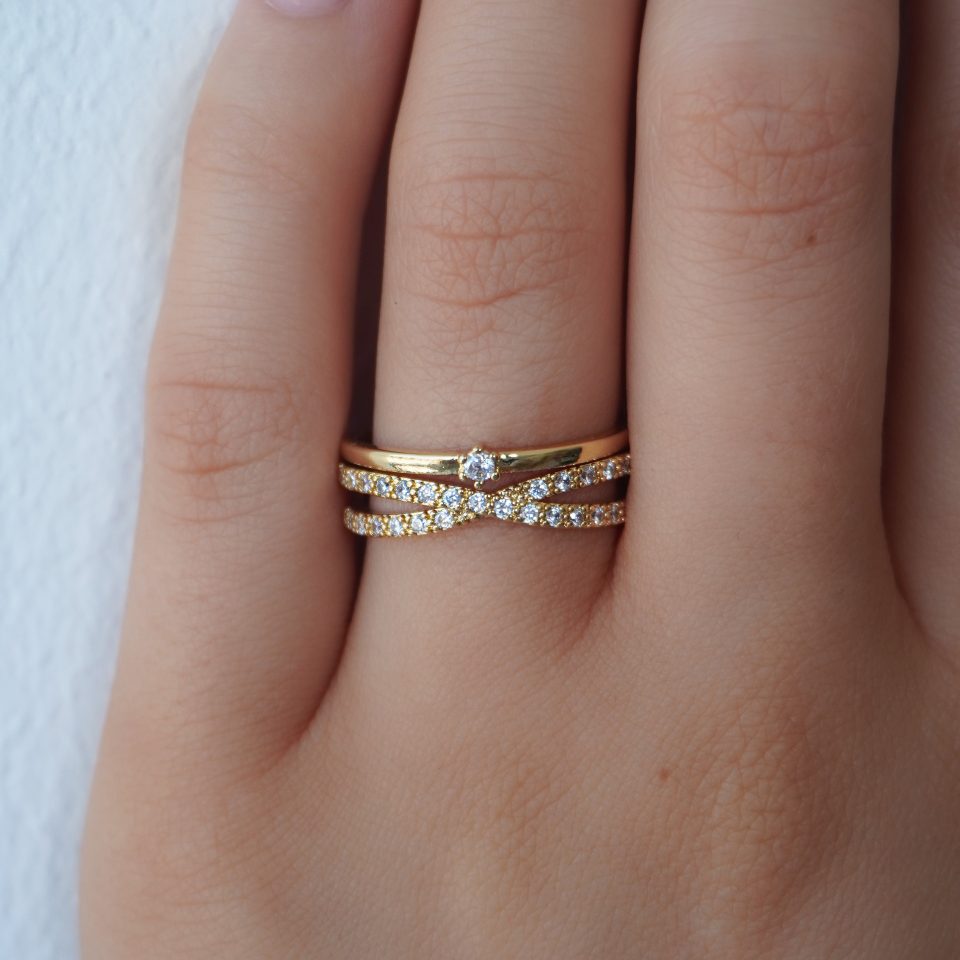
Sale
Select options
This product has multiple variants. The options may be chosen on the product page
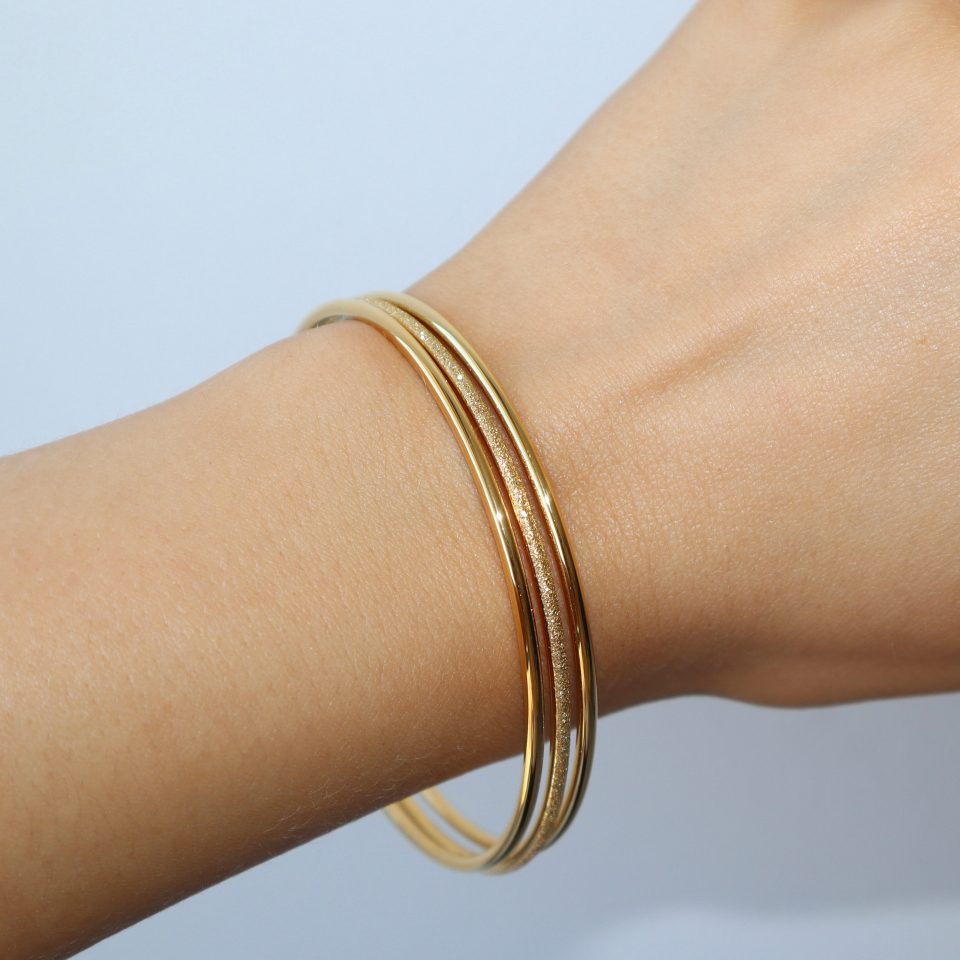
Sale
Select options
This product has multiple variants. The options may be chosen on the product page
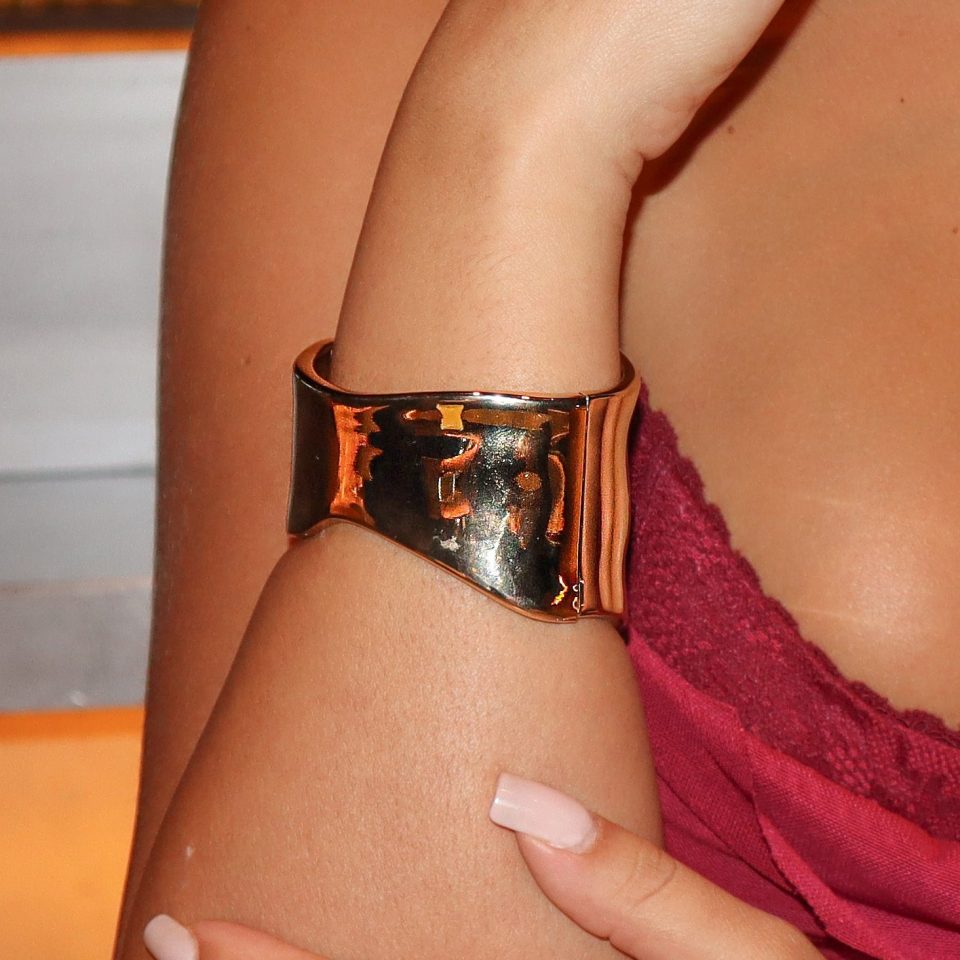
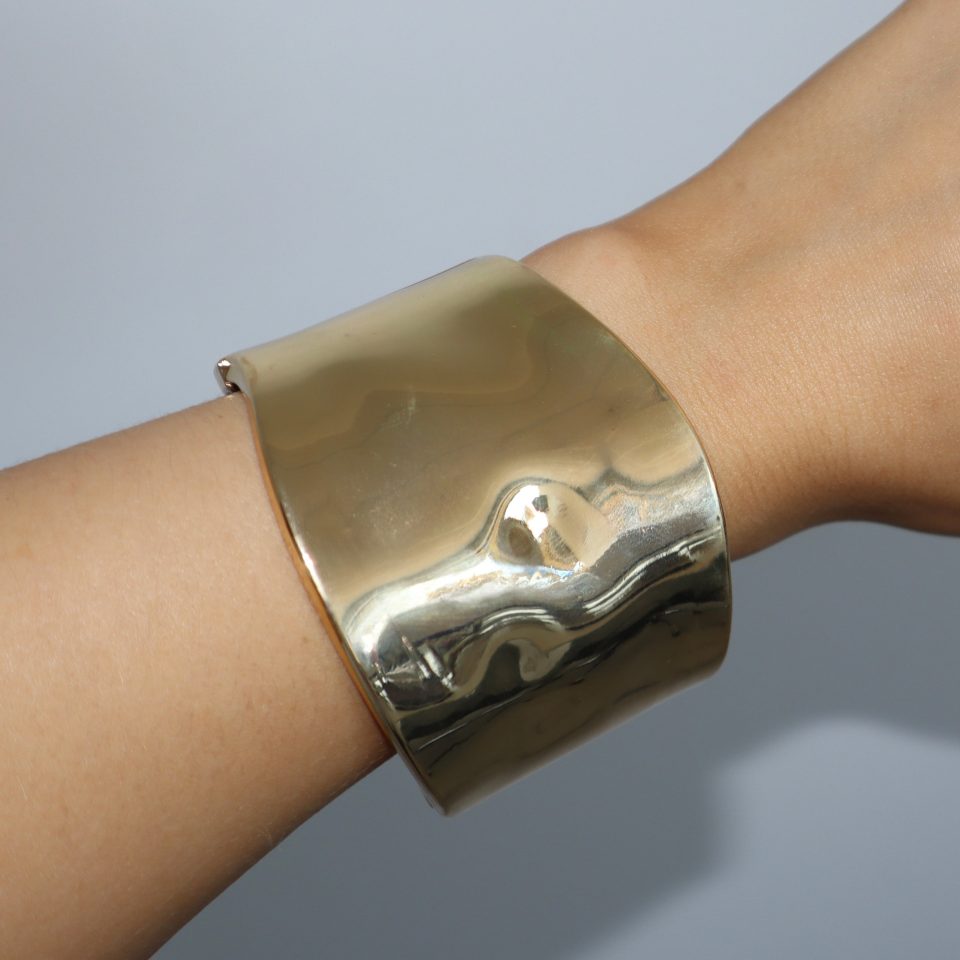
Sale
Select options
This product has multiple variants. The options may be chosen on the product page
$3.75 – $4.05
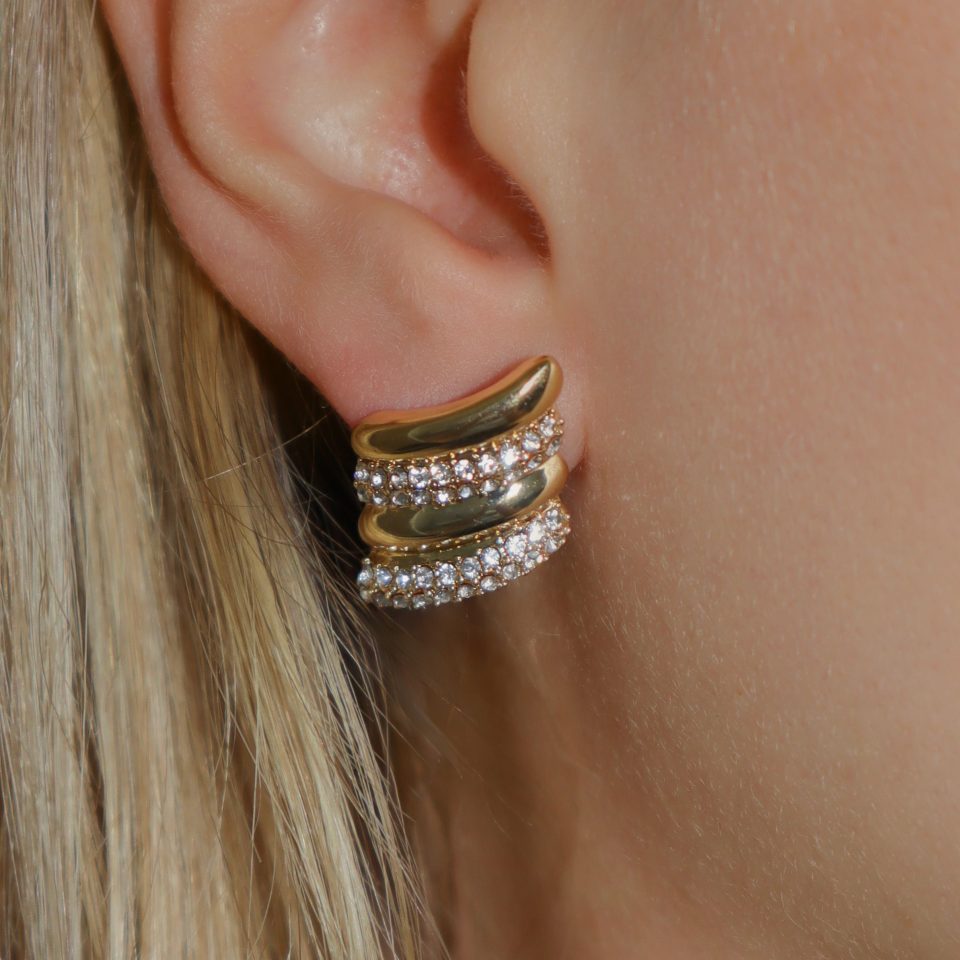
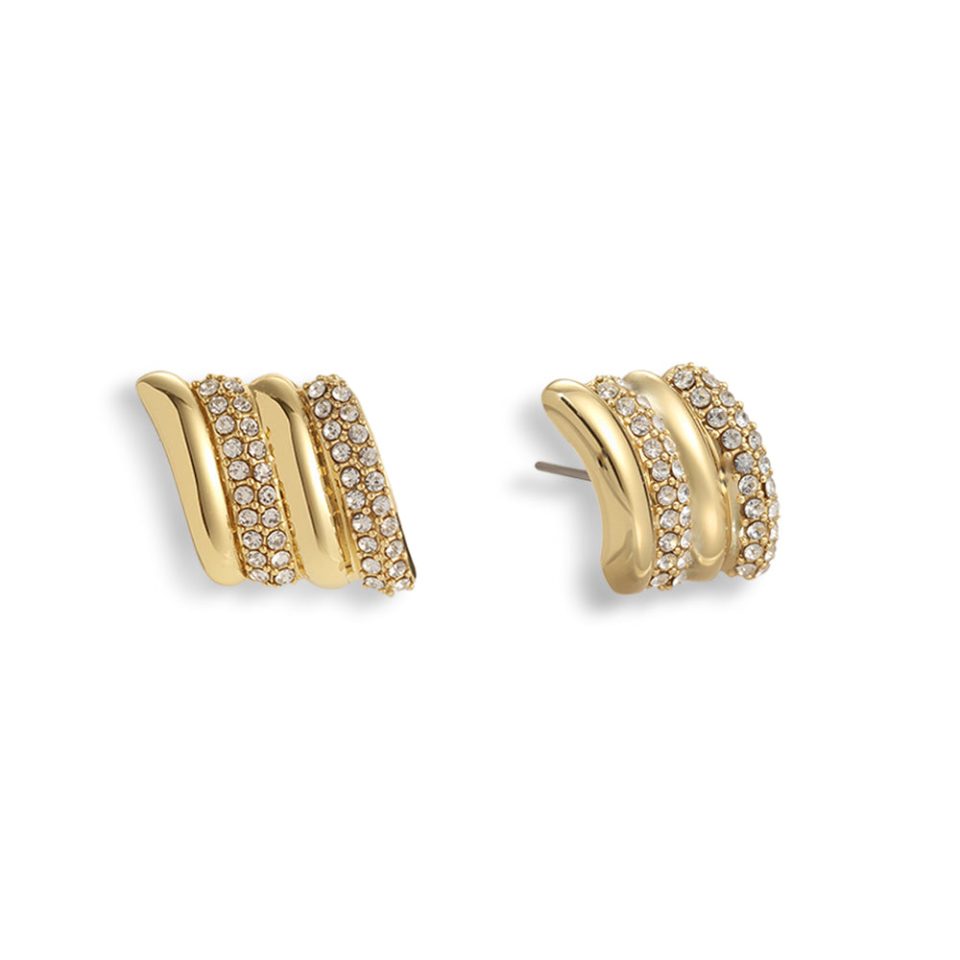
Sale
Select options
This product has multiple variants. The options may be chosen on the product page
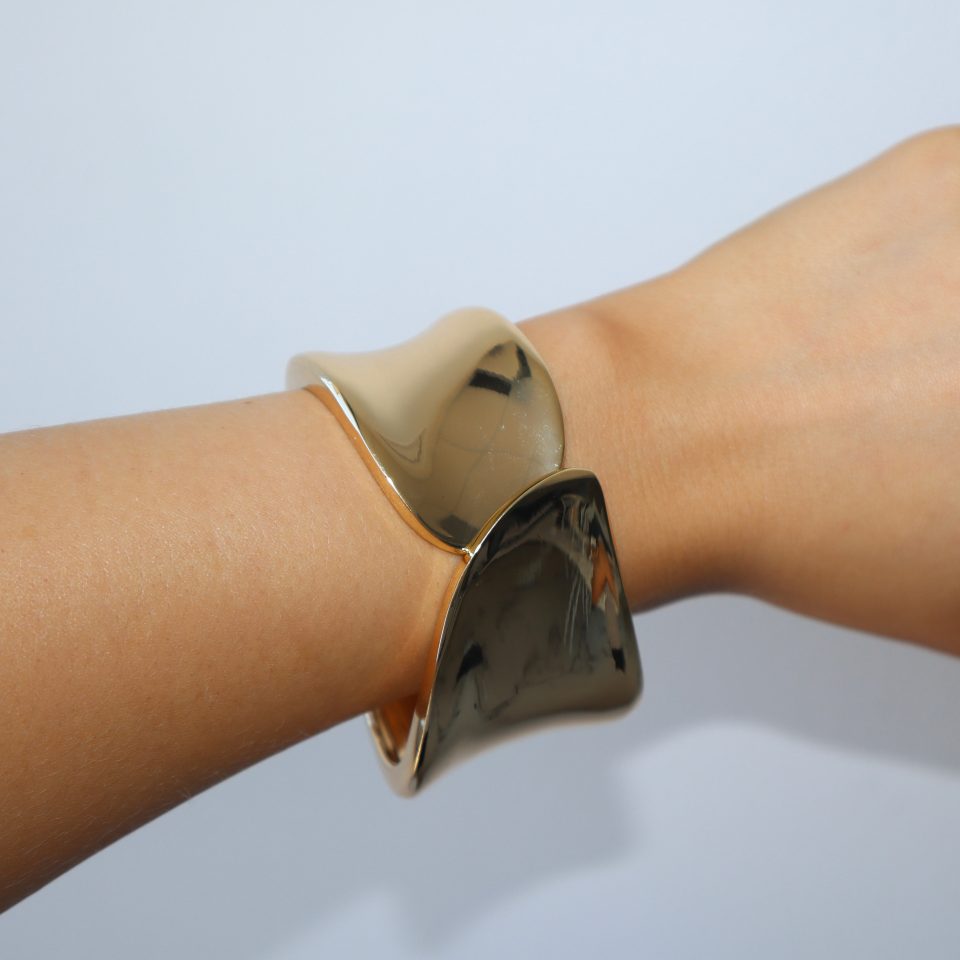
Sale
Select options
This product has multiple variants. The options may be chosen on the product page
$3.75 – $4.05
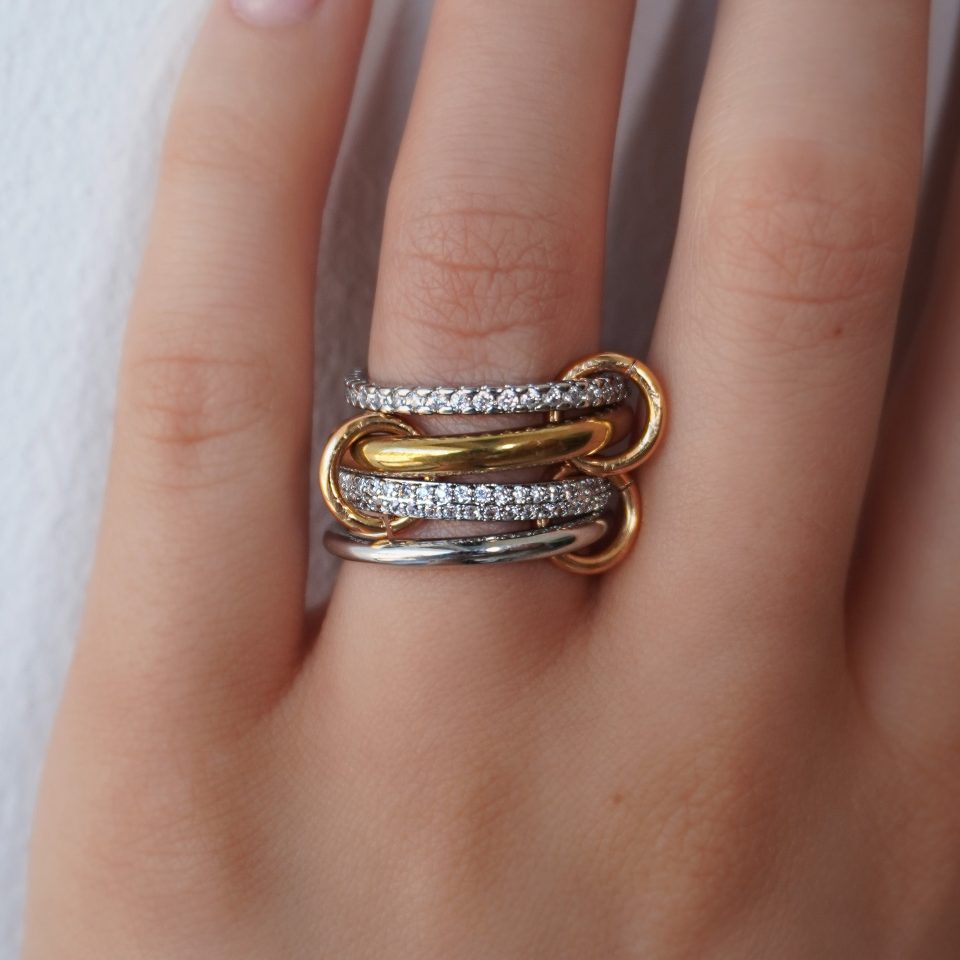
Sale
Select options
This product has multiple variants. The options may be chosen on the product page
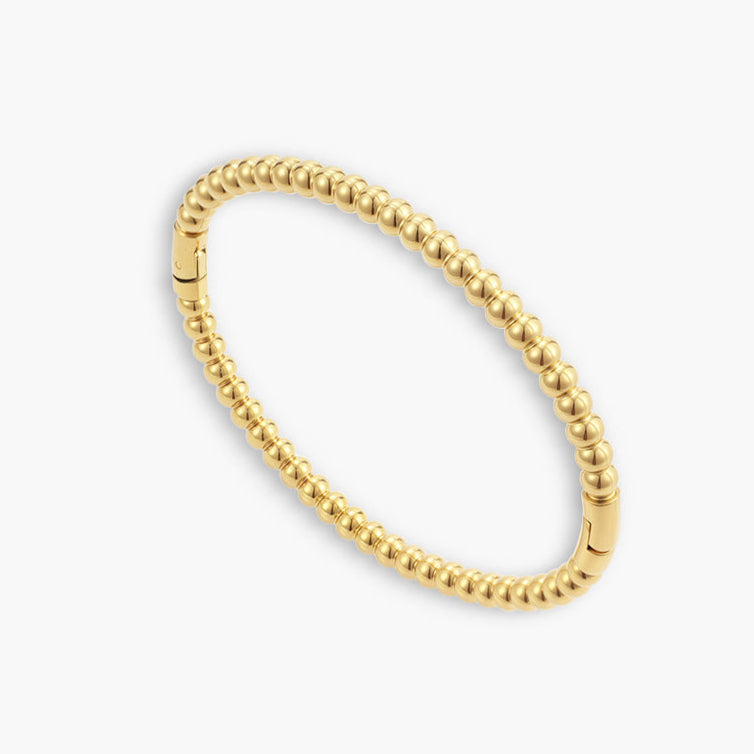
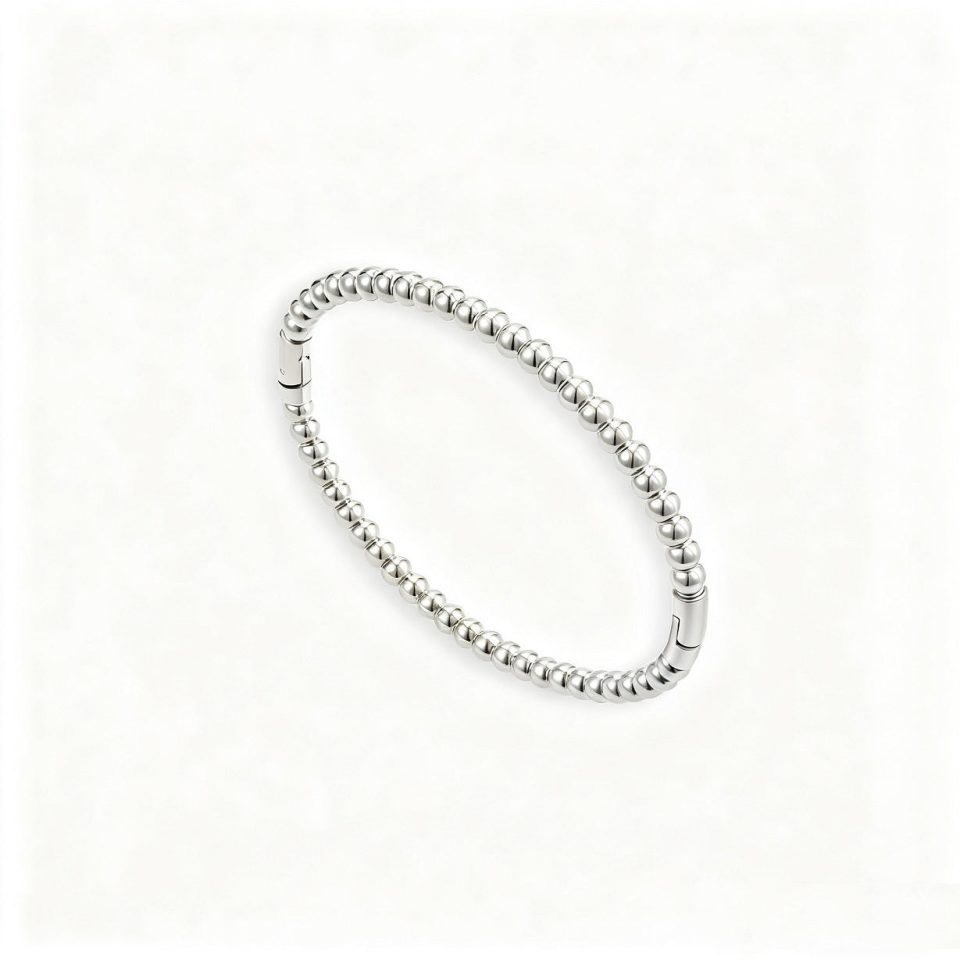
Sale
Select options
This product has multiple variants. The options may be chosen on the product page
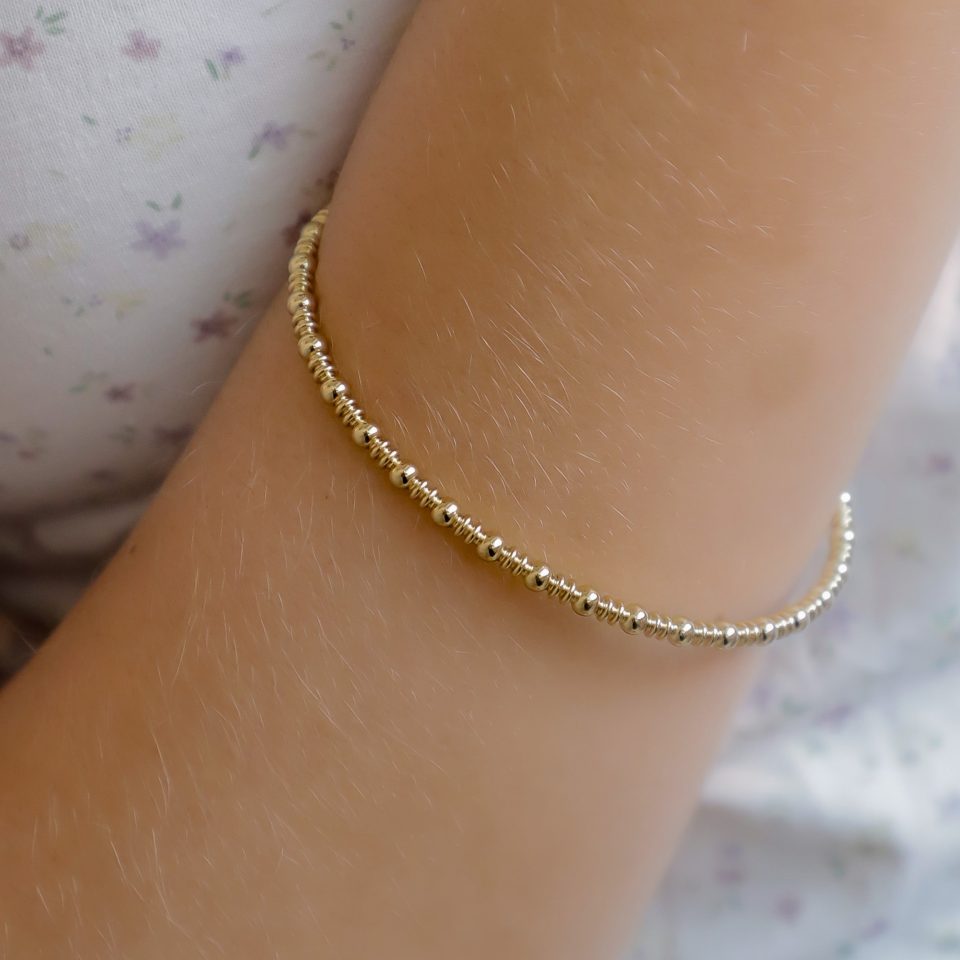
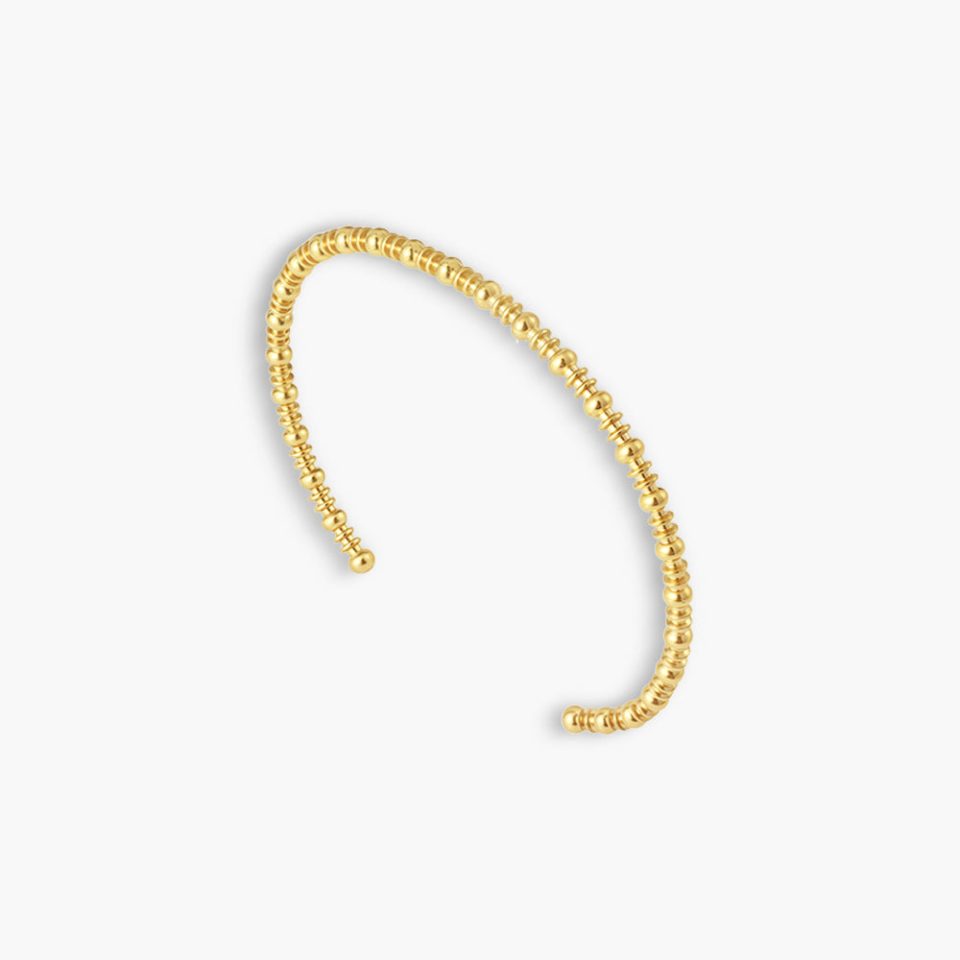
Sale
Select options
This product has multiple variants. The options may be chosen on the product page
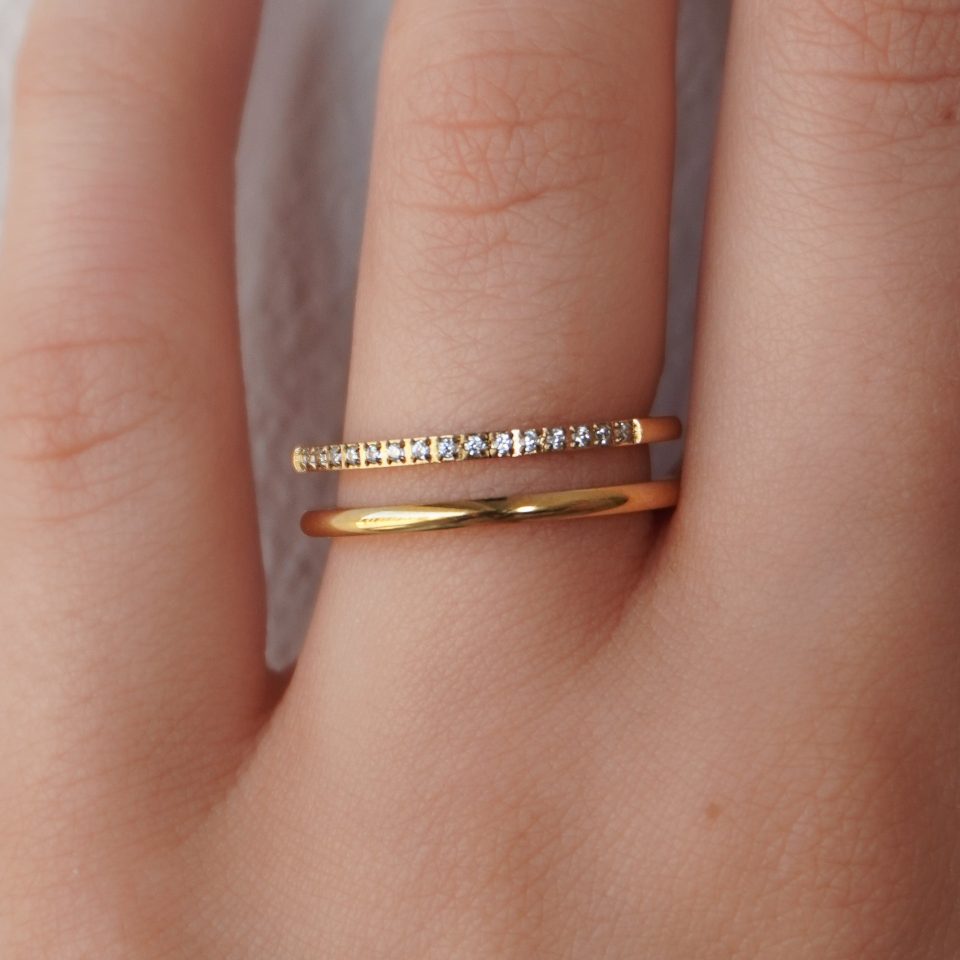
Sale
Select options
This product has multiple variants. The options may be chosen on the product page
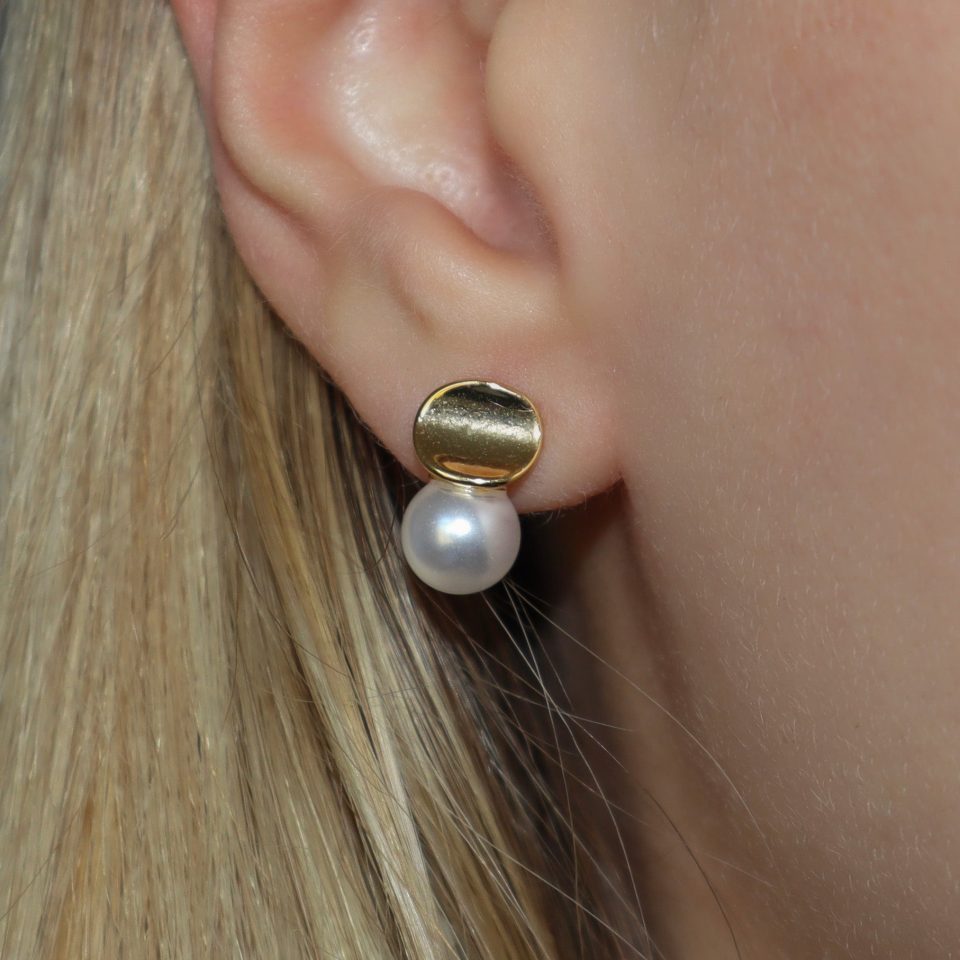
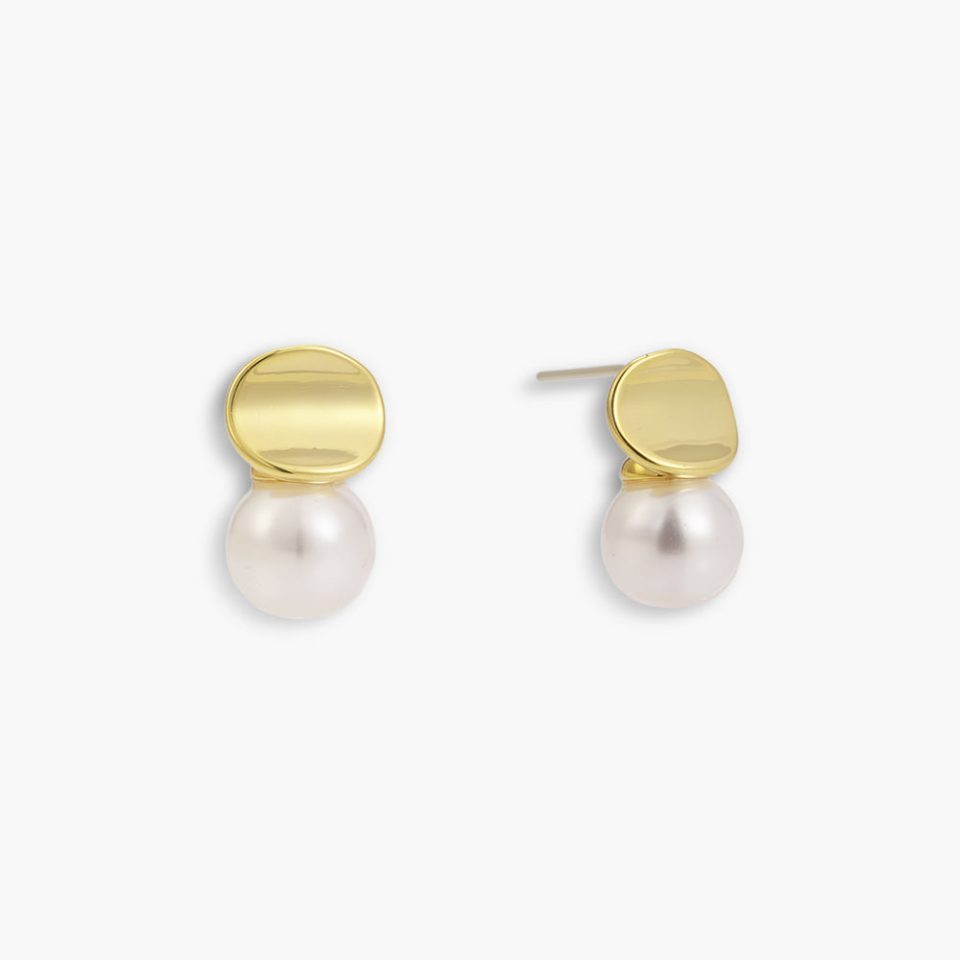
Sale
Select options
This product has multiple variants. The options may be chosen on the product page
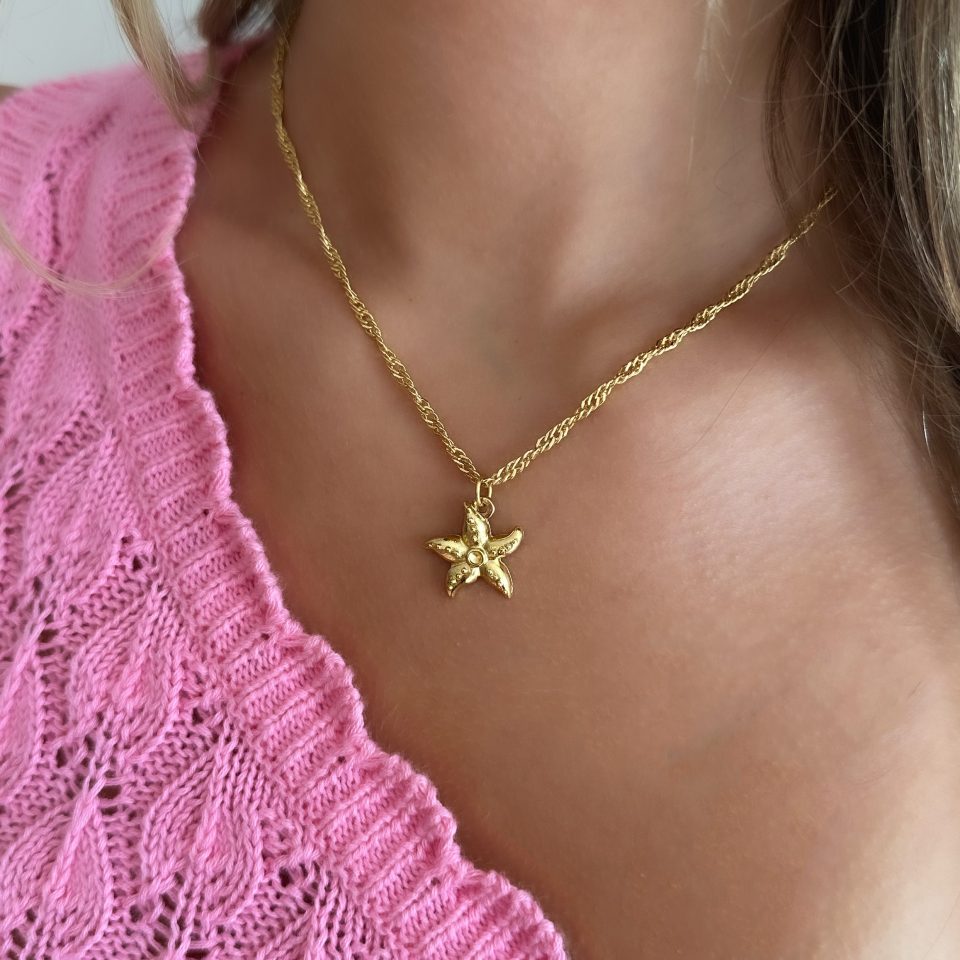
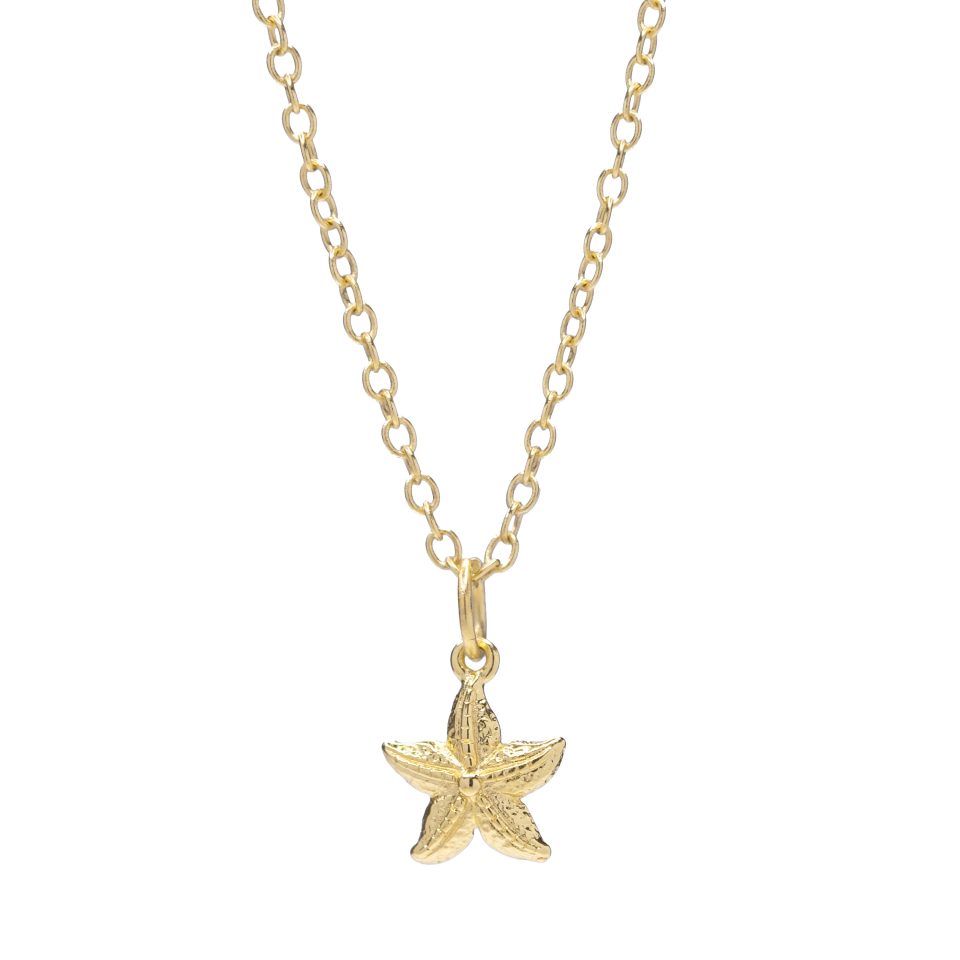
Sale
Select options
This product has multiple variants. The options may be chosen on the product page
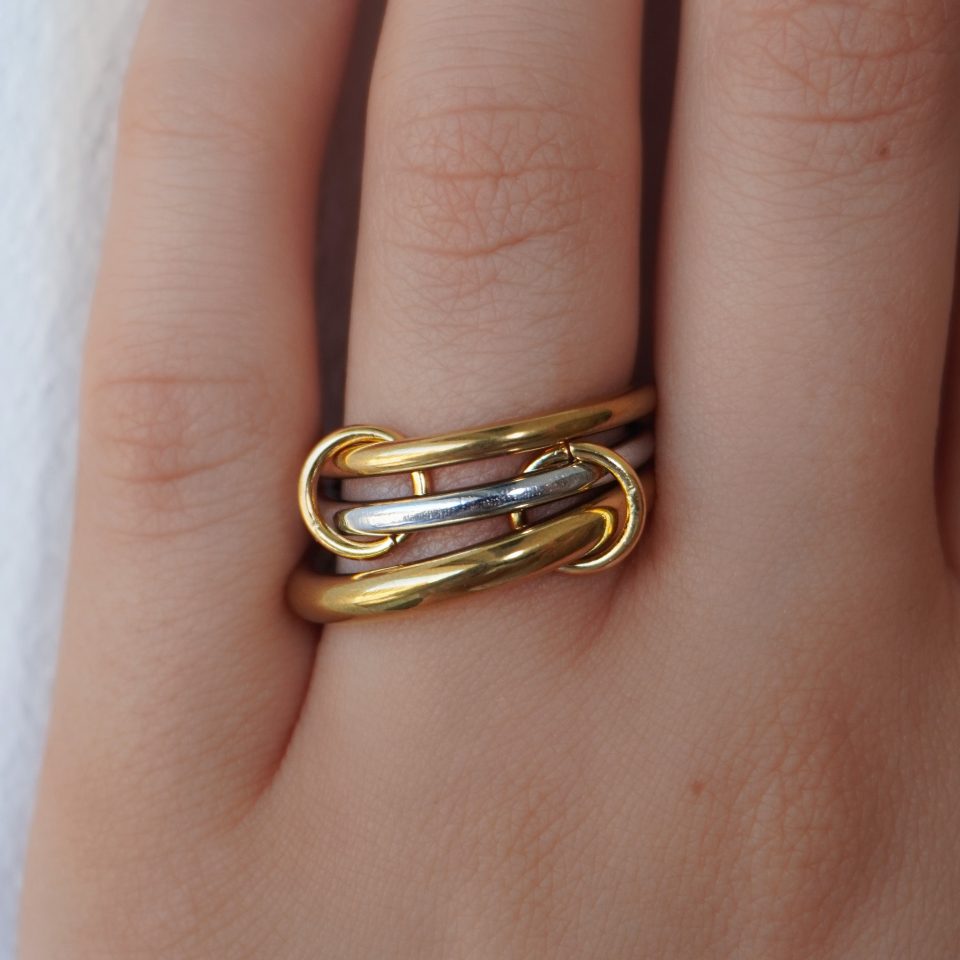
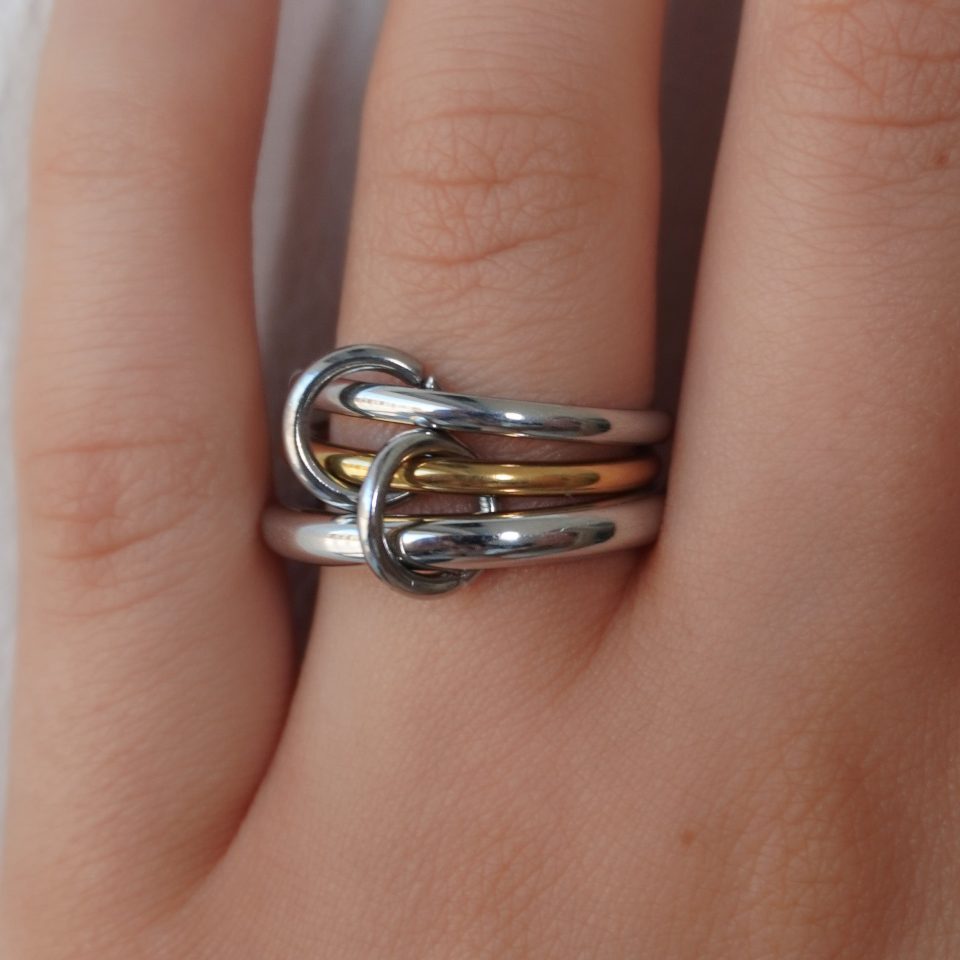
Sale
Select options
This product has multiple variants. The options may be chosen on the product page
Shop By Trend
Shop For:
Just Dropped


Sale
Select options
This product has multiple variants. The options may be chosen on the product page

Sale
Select options
This product has multiple variants. The options may be chosen on the product page


Sale
Select options
This product has multiple variants. The options may be chosen on the product page

Sale
Select options
This product has multiple variants. The options may be chosen on the product page

Sale
Select options
This product has multiple variants. The options may be chosen on the product page

Sale
Select options
This product has multiple variants. The options may be chosen on the product page


Sale
Select options
This product has multiple variants. The options may be chosen on the product page
$3.75 – $4.05


Sale
Select options
This product has multiple variants. The options may be chosen on the product page






